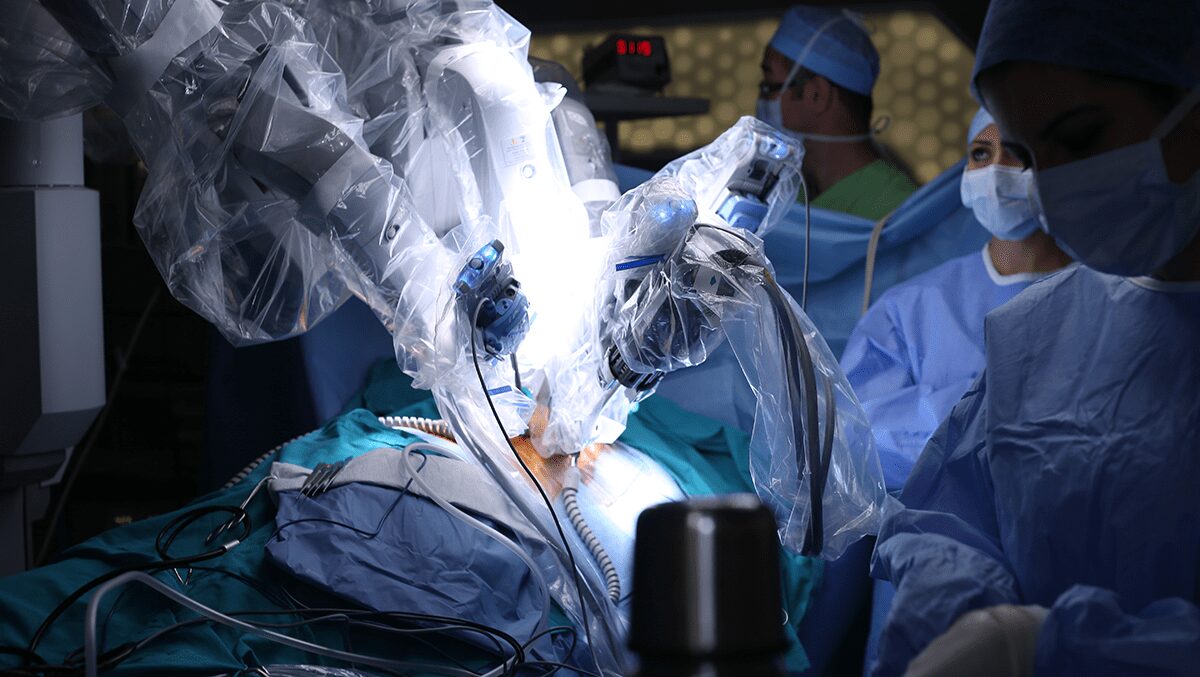With the increased use of robotics, compliance in instrument tracking systems and maintenance of robotic arms becomes ever more important, both from a liability and a cost-saving perspective.
Patients have an expectation that minimally invasive robotic surgery is safer with less downtime than conventional open surgery. This expectancy may stem from the superior dexterity robotic instruments provide in complex procedures. However, the advantages of robotics can come with hard-to-decipher reprocessing instructions for use (IFUs) that, if not followed, may make results unreliable. Those patients who elect minimally invasive robotic surgery and suffer post-surgical infections may be more likely to litigate.
Your hospital will then be required by law to demonstrate how they are ensuring that complex devices are being cleaned with 100 percent compliance of validated IFUs. What happens when the needed documentation of compliance with validated inspection and cleaning isn’t readily available, it creates a significant legal threat to hospitals and others involved in maintaining robotic arms.
Many hospitals still operate with devices assumed to be sterile and in good condition because autoclave procedures were followed. What about the condition of the instruments themselves prior to autoclaving? It’s not possible for sterile processing technicians to memorize every complex step in every IFU, many of which require dozens of steps to be performed in a specific sequence.
Proper Utilization of a Tracking System to Help Guide Technicians Through the IFU
A good tracking system should contain features such as pictures or videos, for difficult or complex steps. With additional access to document databases, such as OneSource for IFUs, that critical layer of quality assurance provides protection for the hospital and gives important data for managing and purchasing robotic equipment.
Gathering such data would be almost impossible without a tracking system. However, collecting data and properly interpreting it are two different things. Customized data reporting can identify trends in usage, delays, throughput, and even surgical complications, all of which have monetary consequences. Many sterile processing managers find themselves overwhelmed by the amount of raw data generated by a tracking system because they lack the training and tools to make the data meaningful for decision-making. Once managers are empowered to generate and understand specific reports, identify opportunities for improvement, and document their efforts, the legal risks go down and potential cost savings go up.
Saving Money with Robotics by Using Proper Data Analysis
Consistent, precise use of a well-designed tracking system increases both compliance and cost-effectiveness. Reliable reporting metrics can be critical for determining the throughput capacity of sterile processing, and therefore, how many arms should be purchased. Replacing defective arms can be expensive but so is having too few arms to meet operating room demands. Having urgent demand and too few arms puts more pressure on sterile processing technicians to rush and frequently cut corners to meet the OR’s caseload. On the other hand, overstocking of the wrong arms for the most performed procedures creates excess waste and cost.
Hot tip: Involve your sterile processing technicians, your boots on the ground, in purchasing decisions. Learn more about CensiTrac and how it can help with both compliance and money savings with robotics.


